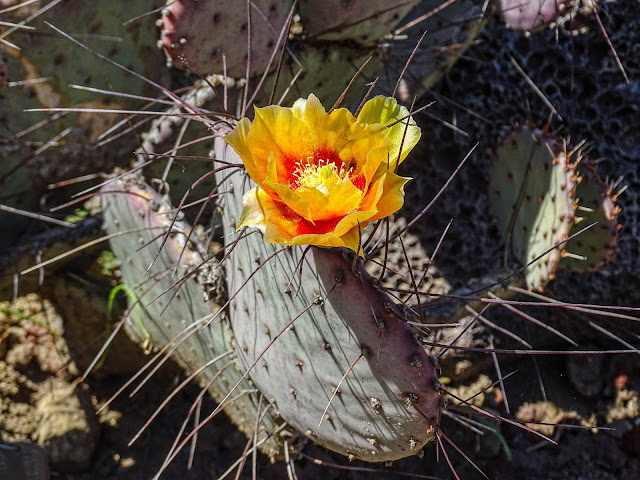The term "tree fern" is a generic generalization of ferns that grow with a trunk elevating the fronds above ground level. Here is an explanation of many of the kinds of plants that are called tree ferns from Wikipedia: Tree fern.
Most tree ferns are members of the "core tree ferns", belonging to the families Dicksoniaceae, Metaxyaceae, and Cibotiaceae in the order Cyatheales. This order is the third group of ferns known to have given rise to tree-like forms. The two others are the Marattiales, a eusporangiate order that the extinct Psaronius evolved from, and the order Polypodiales where the extinct genus Tempskya belongs.
In addition to those families, many ferns in other groups may be considered tree ferns, such as several ferns in the family Osmundaceae, which can achieve short trunks under a metre tall, and particularly ferns in the genus Cibotium, which can grow ten metres tall. Fern species with short trunks in the genera Blechnum, Calochleana, Cnemedaria, Culcita (mountains only tree fern), Cystodium, Leptopteris, Lophosoria, Sadleria, Thyrsopteris and Todea could also be considered tree ferns in a liberal interpretation of the term.
Many things in the world we consider to be simple, turn out to be extremely complex.

















